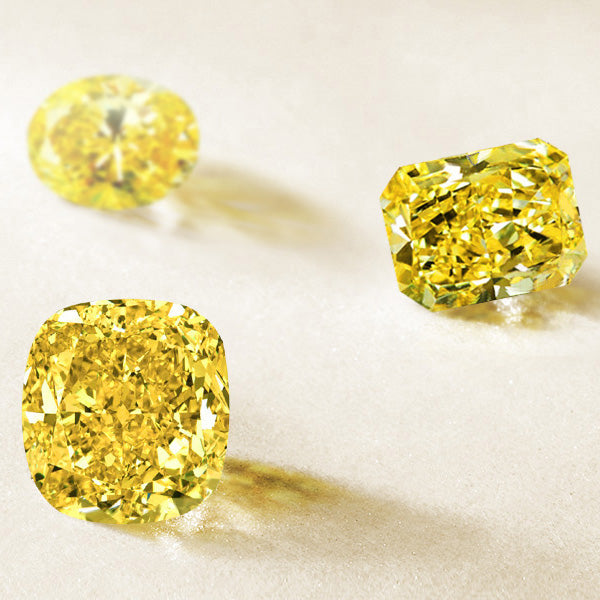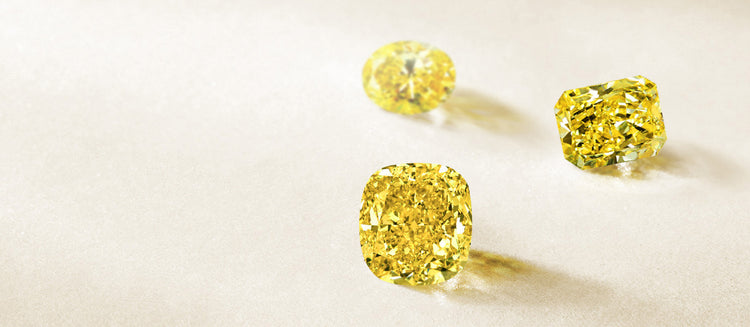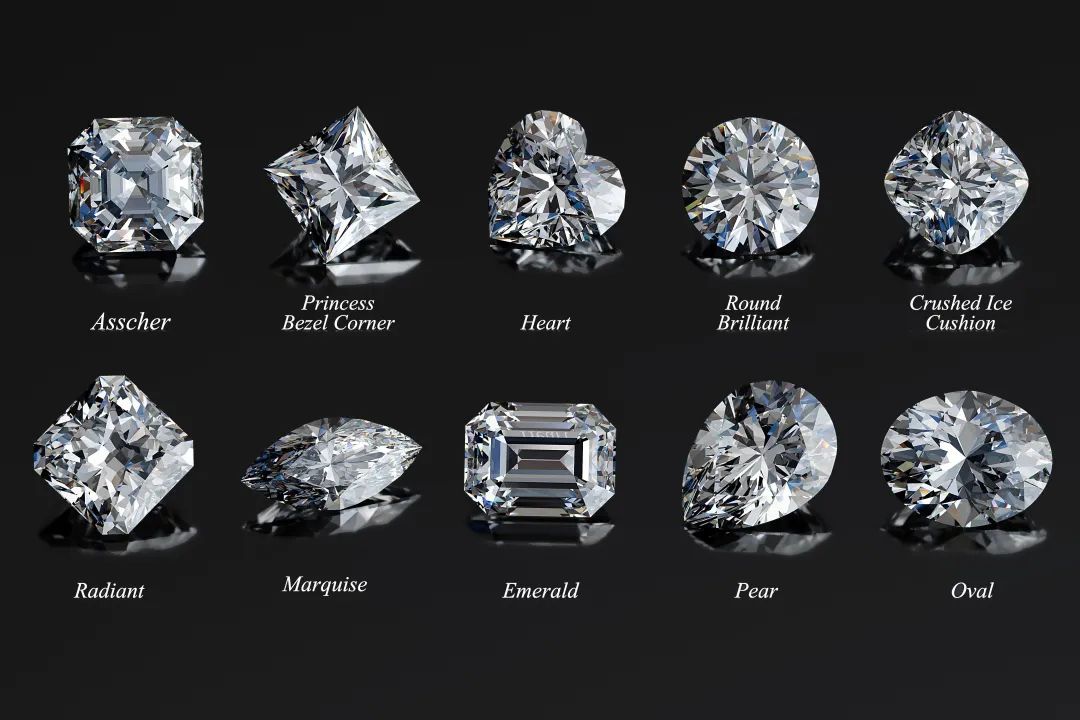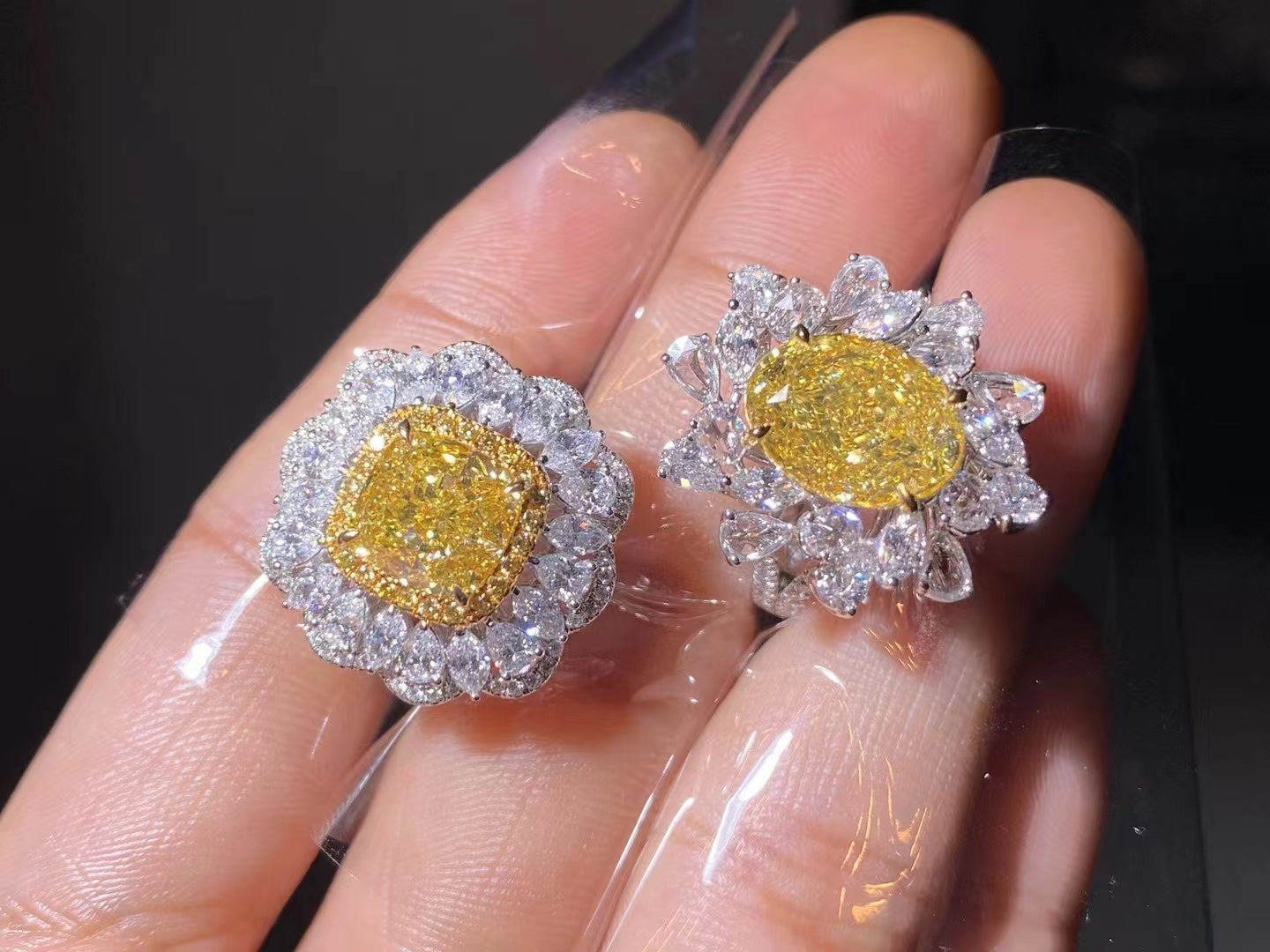FAQs about Engagement Rings
An engagement ring is a piece of jewelry traditionally presented by one person to their partner when proposing marriage, symbolizing their commitment and intention to marry. It serves as a visible emblem of this pledge and is typically worn from the time of the proposal until the wedding, and often thereafter. Historically, the engagement ring has been more ornate and often features a prominent gemstone, distinguishing it from the wedding ring, which may be simpler in design. The act of giving and receiving an engagement ring is a deeply ingrained cultural practice in many societies, signifying a formal agreement to marry and marking the beginning of the journey towards matrimony. This tradition underscores the emotional and symbolic weight these rings carry.
While "engagement ring" is the most common term, there are a few types of rings associated with proposals:
- Engagement Ring: This is the traditional ring given during a proposal, typically featuring a prominent center stone.
- Promise Ring: A ring given to signify a serious commitment before an engagement, often less formal than an engagement ring.
- Bridal Set: A pre-matched set that includes both the engagement ring and a wedding band designed to fit together perfectly.
- Temporary/Placeholder Ring: Some propose with a less expensive "placeholder" ring, allowing the couple to choose the final engagement ring together.
Currently, solitaire engagement rings remain incredibly popular due to their timeless elegance and ability to highlight the beauty of a single center stone. However, halo settings (where smaller diamonds encircle the center stone) and three-stone engagement rings (symbolizing past, present, and future) are also very sought after. We're also seeing a rise in unique, personalized designs that reflect individual style.
A classy engagement ring is often defined by its timeless design, quality craftsmanship, and harmonious proportions. While personal taste varies, classic styles like the solitaire, or a refined pavé band, are consistently considered classy. It's less about the size of the stone and more about the overall elegance, balance, and quality of the materials.
There is no set rule for the number of carats an engagement ring should have. The ideal carat weight depends entirely on your budget, your partner's preferences, and the overall design of the ring. A smaller, high-quality diamond can often be more brilliant and beautiful than a larger diamond of lesser quality. Focus on the 4 Cs (cut, color, clarity, and carat) to find the best value and beauty for your chosen carat weight.
The primary distinction lies in their timing and traditional purpose. An engagement ring is typically given at the moment of a marriage proposal, while wedding rings (or wedding bands) are exchanged between partners during the wedding ceremony itself. In terms of design, engagement rings are often more elaborate, frequently featuring a central diamond or other gemstone, and may have more intricate detailing. Wedding bands, conversely, are often simpler, though they can also be adorned with diamonds or other embellishments.
A popular combination, for instance, is a solitaire diamond engagement ring paired with a pavé diamond wedding band. However, contemporary couples are increasingly personalizing these traditions. Some may choose to forgo an engagement ring altogether, opting instead for matching wedding bands. Others might select stacking rings that complement the engagement ring, or even have both partners wear engagement rings. This flexibility reflects a broader trend towards individual expression in wedding customs, moving away from rigid adherence to tradition towards choices that better reflect the couple's unique relationship and style. The availability of diverse ring options, including lab-grown diamonds and unique designs, further empowers couples to tailor these symbols to their preferences.
The best style for an engagement ring is one that reflects the wearer's personal taste and lifestyle. Consider their everyday jewelry, their fashion sense, and what they envision themselves wearing for years to come. Some popular styles include:
- Classic: Solitaires, simple bands.
- Modern: Geometric shapes, minimalist designs.
- Vintage/Antique: Art Deco, Edwardian, Victorian inspired.
- Bohemian: Unique stones, intricate details, nature-inspired elements.
- Glamorous: Halo settings, extensive pavé diamonds.
There is no set rule for the number of carats an engagement ring should have. The ideal carat weight depends entirely on your budget, your partner's preferences, and the overall design of the ring. A smaller, high-quality diamond can often be more brilliant and beautiful than a larger diamond of lesser quality. Focus on the 4 Cs (cut, color, clarity, and carat) to find the best value and beauty for your chosen carat weight.
Traditionally, the engagement ring is worn by the person who receives the marriage proposal. This custom has historically been associated more with women. However, traditions are evolving, and it is becoming increasingly common for both partners in a couple to wear an engagement ring. This shift reflects broader societal changes towards equality and shared symbolism within partnerships, where both individuals may wish to wear a visible token of their commitment to marry. The choice ultimately rests with the couple and their personal preferences.
In many Western cultures, the engagement ring is traditionally worn on the fourth finger of the left hand. This finger is often referred to as the "ring finger". This custom is believed to have originated from the ancient Roman belief in the "vena amoris," Latin for "vein of love," which was thought to run directly from this finger to the heart. While this anatomical assertion is not medically accurate, the romantic symbolism has persisted through centuries.
It is important to note that cultural practices can vary, and in some countries and cultures, the engagement ring (or wedding ring) is worn on the right hand. Ultimately, while tradition offers guidance, personal preference and cultural background can also influence this choice.






